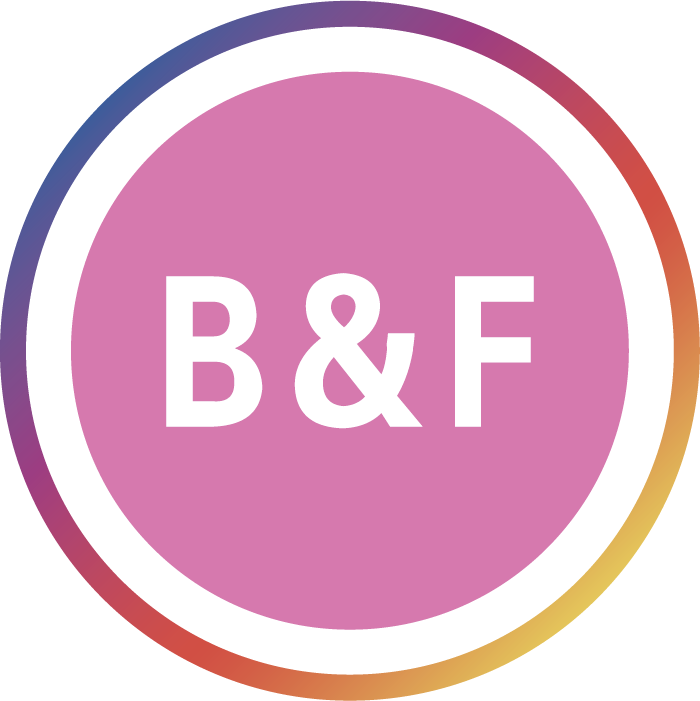Market and Business Opportunity Analysis of Cosmetic Packaging
NEWS
Release time:
2024-04-03 09:01
Cosmetic packaging is a fast-growing segment in recent years, in the era of eyeball economy and lipstick effect, cosmetic packaging presents a fine printing, structure of the heterogeneous, brand niche and service end-to-end and other characteristics.
For enterprises struggling in the highly competitive packaging field, it is time to study the business opportunities brought about by the changes in the development of the cosmetics industry.
01. Industry size and growth
China is the second largest consumer of cosmetics after the U.S., with consumption accounting for 12.7% of the global cosmetic market, and as the second largest consumer of cosmetics, China's beauty and personal care market reached 477.7 billion yuan in 2019, a year-on-year growth of 13.8%.
In comparison with other consumer industries, according to the National Bureau of Statistics, China's retail sales of consumer goods in the cosmetics category grew by 12% year-on-year in 2019, ranking second only to the daily necessities category, which grew by 13%.
02. Industry Representative Brands and Corresponding Companies
In China's cosmetics market, the market share of domestic brands is slightly higher than that of international brands, and by 2018, the market share of domestic cosmetics brands grew to 56%.
The high-end market is controlled by international brands, and most of the domestic brands are oriented to the mass market. The channel of national brands is deeply sunk, and their advantages are obvious in the third and fourth line offline market.
Online, the most significant change in 2019 is the rise of Shake Echo e-commerce and Taobao live broadcasting, which further shortens the distance between users from "grass" to purchase. With the advantages of wide channels, high cost-effectiveness, and fast supply chain response, the market share of domestic cosmetic brands has been increasing.
China's local cosmetic brands end listed companies mainly include Puraiya, Marumi, Shanghai Jahwa, Imperial Family, Huaxi Biological, Bethanie and other companies. Among them, Shanghai Jahwa was established the earliest, with many local traditional brands, such as Herborist, beauty, six gods, home security, double sister. Although Huaxi Bio was founded in 2000, most of its own brands were established in the past two years, such as BM, Mibelle and so on. The Royal Collection was established later, but its Royal Nai Fang, Little Muddy and other brands are not less well-known than the traditional old brands.
Basic information on the brands of major listed companies in China's cosmetic industry:
03. Sales performance of representative brands in the industry
The sales of local brands such as Quadi and Runbayan under Huaxi Bio, Loves Fire under Marumi, Qichu under Shanghai Jahwa, Royal Nai Fang and Hua Yao Hua under Royal Jahwa, and Winona under Bethanie have all experienced high sales growth. From 2019.07-2020.08 sales of color cosmetics/perfumes/beauty tools on Tao system platforms, Perrier's Caitang, Marimekko's Loves Fire, Shanghai Jahwa's Shuangmei, and Royal Family's ShiYiJia saw rapid growth in sales and sales.
Hotline
Fax: 0086-579-82887322
Add: No.1 ZuoNan Road, Duzhai, Caozhai, Jindong
District,Jinhua City, Zhejiang, China 321000
©2023 ZHEJIANG B&F COSMETICS CO., LTD.
SAF Coolest v1.3.1.2 设置面板 IRXSX-ATRY-TAZVE-ADD
无数据提示
Sorry, there is no content in the current column!
You can view other sections or return to the HOME

